The Rise of Influencer Models: How Social Media Stars Are Changing the Game
For decades, modelling was a world with rigid entry points. Talent agencies, casting calls, and exclusive contracts were the gatekeepers for aspiring models. However, with social media, the industry has undergone a huge shift. Influencers – individuals who have built a dedicated following online – are now some of the most in-demand figures in fashion and advertising. This evolution has created new pathways into modelling, reshaping what it takes to find success in the field.
Whether you’re just starting or dreaming about a modelling career, understanding this transformation is key. Influencer modelling isn’t a passing trend; it’s redefining what “model” means in 2024 and beyond.
So what exactly is an influencer model, how did they come to hold so much power, and what does this mean for you? Let’s break it down.
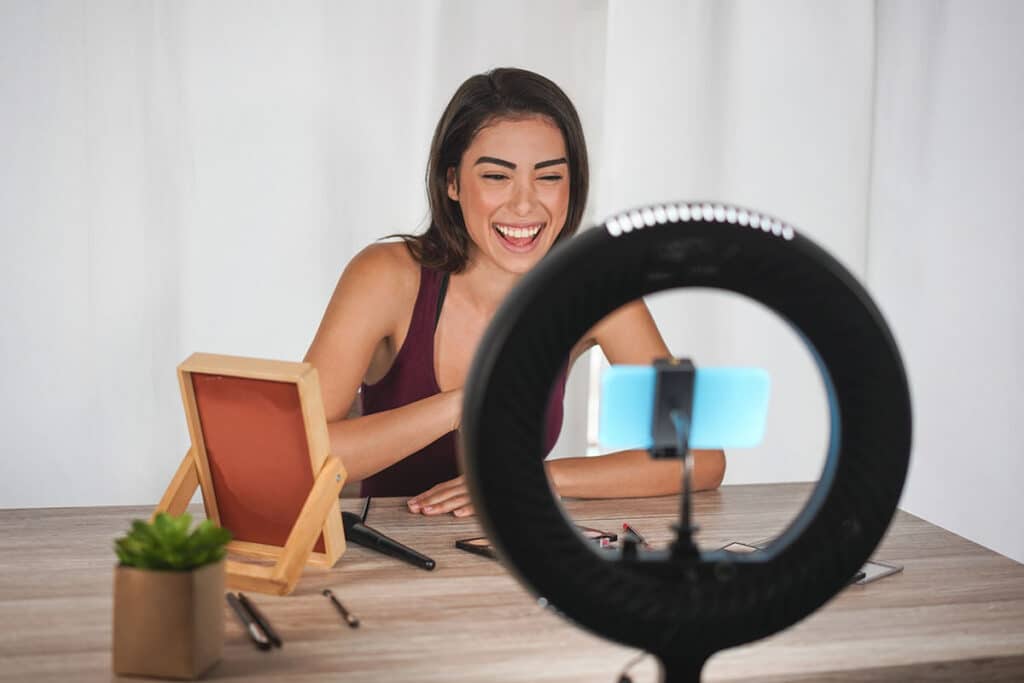
1. What is an Influencer Model?
Influencer models are individuals who primarily gain recognition through social media platforms like Instagram, TikTok, and YouTube. Unlike traditional models, they often build their followings by sharing authentic, relatable content – think makeup tutorials, travel photos, or lifestyle insights. As they gain followers, they become valuable to brands seeking to reach engaged, loyal audiences.
An influencer model’s power lies in their relationship with their audience. They’re seen as approachable and real, often viewed as trendsetters who can genuinely influence consumer behaviour. This appeal has caused brands to shift some of their budgets from conventional advertising to influencer partnerships, as they know these individuals can drive sales, boost visibility, and build brand trust.

2. The Appeal of Influencer Models to Brands
Brands have taken notice of the power influencers wield. In fact, recent studies reveal that influencer marketing has become a multi-billion-dollar industry. But why? The answer is simple: it’s effective. Social media influencers create a sense of connection and trust that traditional advertisements struggle to match.
Here’s how influencer models bring unique value to brands:
- Engaged Audiences: Influencers have cultivated an audience who trusts their opinions and is genuinely interested in their recommendations. When a well-respected influencer showcases a product, it can feel like a recommendation from a friend rather than a sales pitch.
- Niche Targeting: Influencers have specific audiences, whether it’s fitness enthusiasts, makeup lovers, or tech aficionados. This allows brands to target niche markets with precision, saving costs and boosting effectiveness.
- Creative Control: Many brands allow influencers to produce their content, trusting them to know what resonates with their followers. This authentic content often outperforms highly produced ad campaigns.
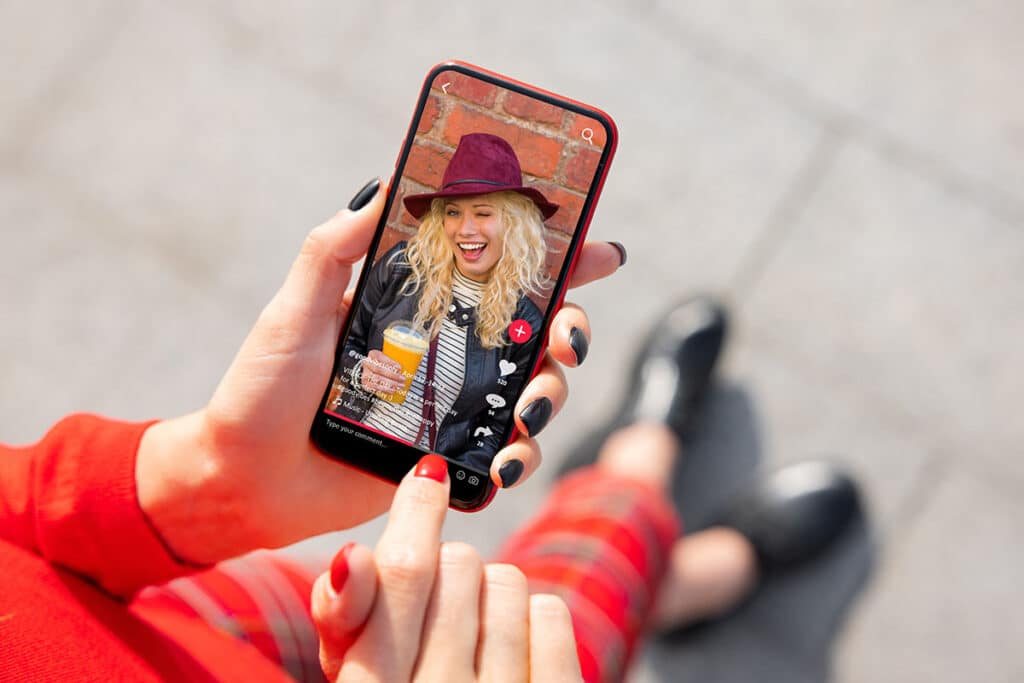
3. How Influencer Models are Changing Traditional Modelling
The arrival of influencer models has challenged the traditional modelling industry, which has long focused on an idealised, unattainable image of beauty. Influencers bring diversity, authenticity, and personality into the spotlight, making modelling more accessible and inclusive than ever before. Here’s how influencer models are reshaping the field:
- Expanded Beauty Standards: Influencers celebrate realness and diversity, showing people of all shapes, sizes, and ethnicities. As a result, brands are now more willing to embrace a broader range of looks and body types, moving away from narrow beauty standards.
- More Access and Opportunity: Social media provides an open platform where anyone can showcase their potential. Aspiring models no longer need to wait to be “discovered” – they can build their own audience and attract brand partnerships directly.
- New Skills in Demand: Influencer models often act as their own stylists, photographers, and marketers. The industry values their ability to create captivating, high-quality content independently. This has led to an emphasis on self-sufficiency and digital-savvy skills that traditional models are now encouraged to adopt.
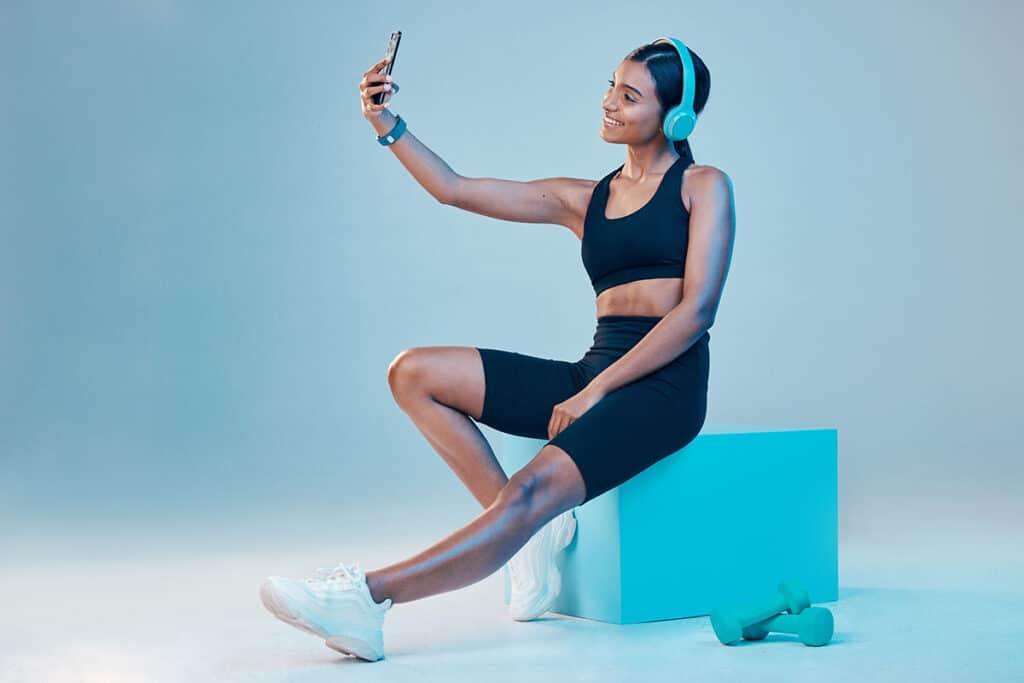
4. Getting Started: Building Your Own Influencer Modelling Career
If you’re considering an entry into the world of influencer modelling, it’s helpful to think strategically. Here are some steps to consider if you want to start on the right foot:
Define Your Niche
Successful influencer models often have a unique angle that sets them apart. Maybe you’re passionate about sustainable fashion, bold makeup looks, or fitness journeys. Find a niche that feels authentic to you, and build your content around it. This gives followers a reason to engage and stick around – they’re not just there for looks but for the insights you bring.
Invest in Your Content Quality
Top-tier influencer models treat their platforms with a professional touch. Investing in good lighting, quality photography, and editing software will make a noticeable difference. Followers – and brands – can tell when content is thoughtfully created, and it reflects positively on you as a potential partner.
Engage Authentically with Your Audience
Influencer modelling is all about connection. Responding to comments, sharing insights, and engaging directly with followers creates a genuine relationship, which is what brands look for in influencer models. The more authentic and consistent your engagement, the more loyalty you’ll build.
Build Relationships with Brands
Once you’ve established a following, reach out to brands that align with your niche. Pitch yourself with a clear value proposition, outlining how you could benefit their brand. Early on, you might collaborate with smaller brands, but as your profile grows, larger opportunities will follow.

5. What the Future Holds for Influencer Modelling
Influencer modelling is here to stay, and it’s likely to keep evolving. Industry experts predict the following trends that could shape the future:
- Virtual and Augmented Reality Campaigns: VR and AR are starting to play a role in marketing, creating immersive experiences for consumers. Influencer models could soon find themselves in virtual brand campaigns, and those savvy with tech may find a significant advantage.
- Increased Focus on Authenticity and Accountability: Audiences are becoming increasingly aware of “performative” endorsements. Authenticity will be more valued than ever, and influencer models will need to maintain transparency in their brand partnerships.
- More Regulation: As influencer marketing matures, regulatory bodies are stepping in to ensure transparency and accountability, especially in regions like the UK. Influencers must now label paid posts and adhere to advertising standards, which is likely to become more rigorous.
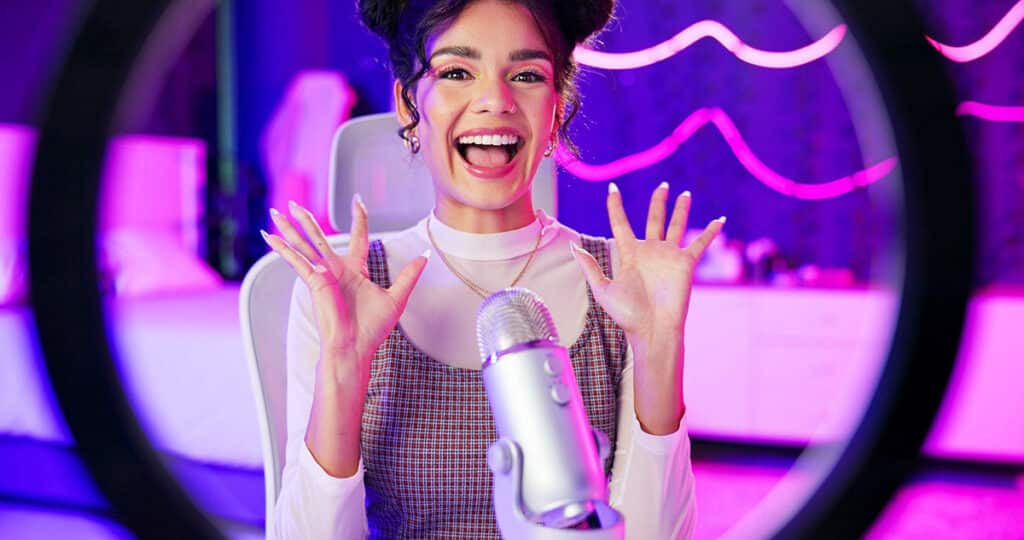
6. Is Influencer Modelling Right for You?
Becoming an influencer model isn’t for everyone. While it offers flexibility and unique creative control, it also requires significant dedication, a genuine connection with an audience, and, often, a thick skin. Influencer modelling is fast-paced and competitive, and it’s essential to be prepared for the demands that come with public exposure and brand collaborations.
For many aspiring models, however, the rewards are worth it. Social media has democratized the field, allowing diverse faces and voices to be seen and celebrated. If you’re passionate, persistent, and eager to connect with an audience, this new path into the modelling world may be the perfect fit.
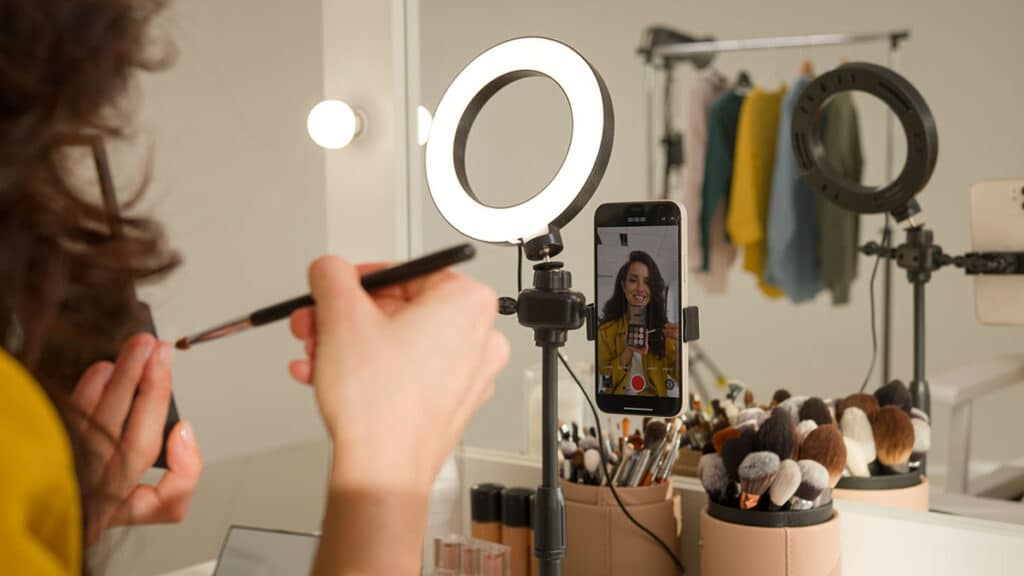
7. Final Thoughts: Embracing the New Era of Modelling
The rise of influencer models has transformed fashion and advertising. As brands continue to shift towards authentic, relatable marketing, the influence of social media stars is only expected to grow. For those entering the modelling world today, becoming an influencer model offers an exciting opportunity to shape your career on your own terms.
Are you interested in becoming a model? Sign up with us today – it’s free!